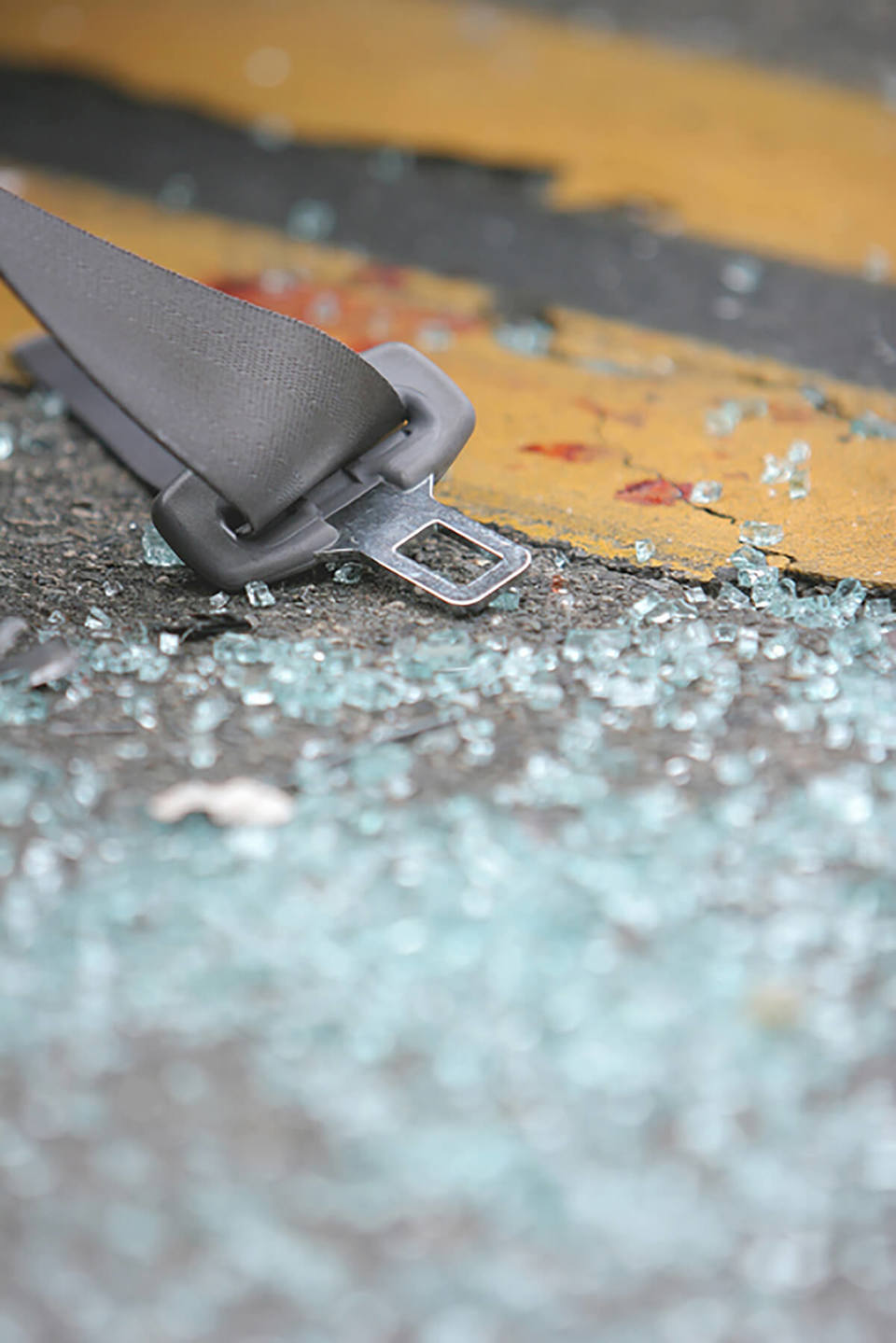The South East of England has seen less improvement in its road safety than any other region in England, according to IAM’s analysis of recent data produced by the Department for Transport.
Figures for 2011 reveal that the rate of reported killed or seriously injured (KSI) casualties in the South East of England has increased by 10% since 2010, equating to 45 more KSI incidents per million people.
The region that has made the greatest improvement is London, which has seen a decrease in the rate of KSI casualties on the roads by six per cent (81 casualties) since 2010.
The North of England (North West, North East and Yorkshire and the Humber) has experienced a period of stagnation, having made little or no improvements to their rates of reported KSI accidents since 2010.
However, the North East of England does have the lowest rate of KSI casualties per million population of all regions (329 per million).
The IAM reported earlier this year that local authorities will receive a 26% reduction in their funding from central government over the next four years.
Councils now have more flexibility in how they spend their money – with no obligation to spend a set amount on road safety – but significantly fewer resources, a fact which is reflected in these road safety statistics.
Other data includes:
• In 2011 there was an increase of 160 on the 2010 total figure of reported KSI casualties in the West Midlands.
• There was an increase in the rate of KSI incidents in the East Midlands between 2010 and 2011, from 463 to 478 per million population.
• The South West of England has seen a steady decline in KSI figures since 2005, with the rate continuing to decrease by an additional one per cent between 2010 and 2011.
• In 2011 the East of England saw a drop of five per cent on the 2010 KSI figure.
IAM chief executive Simon Best said: “It is unacceptable that road deaths and serious injuries have risen since 2010 in several regions, as well as at a national level.
“Ministers should take this as a serious warning. Cutting road safety education and reductions in local authority spending all suggest that road safety isn’t a major priority for this government.
“The government must bring back targets for road safety. While our real aim should be for no deaths or injuries - as is the case on the railways - simply meeting the European target of reducing deaths by 50% by 2020 would in itself save a thousand lives.”

















Login to comment
Comments
No comments have been made yet.